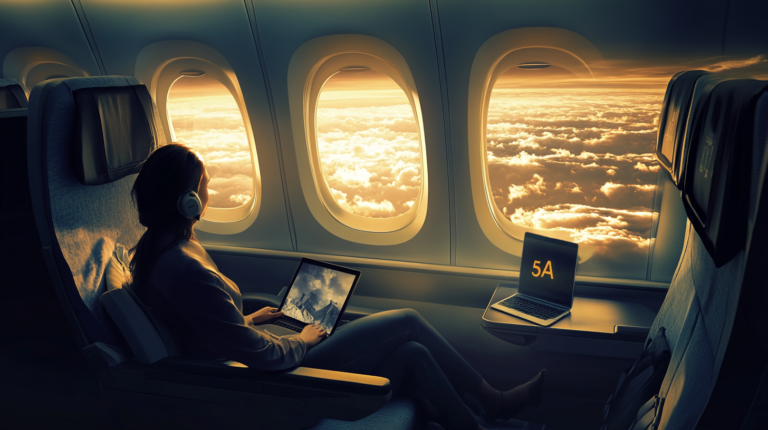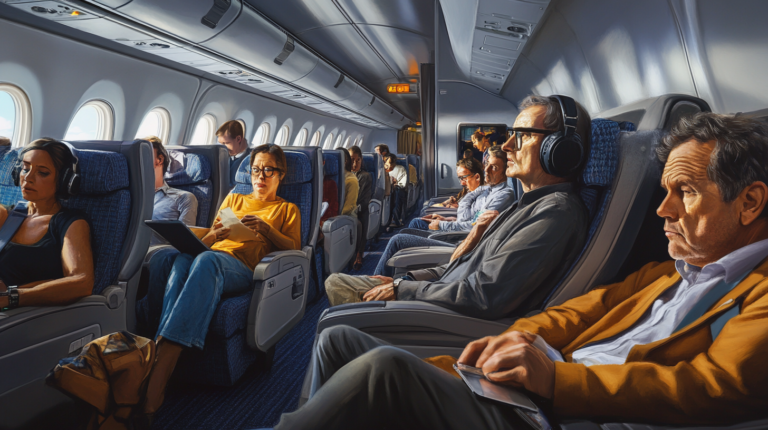The Future of Flying: Engine Delays and the Transformation of the Travel Industry in 2025
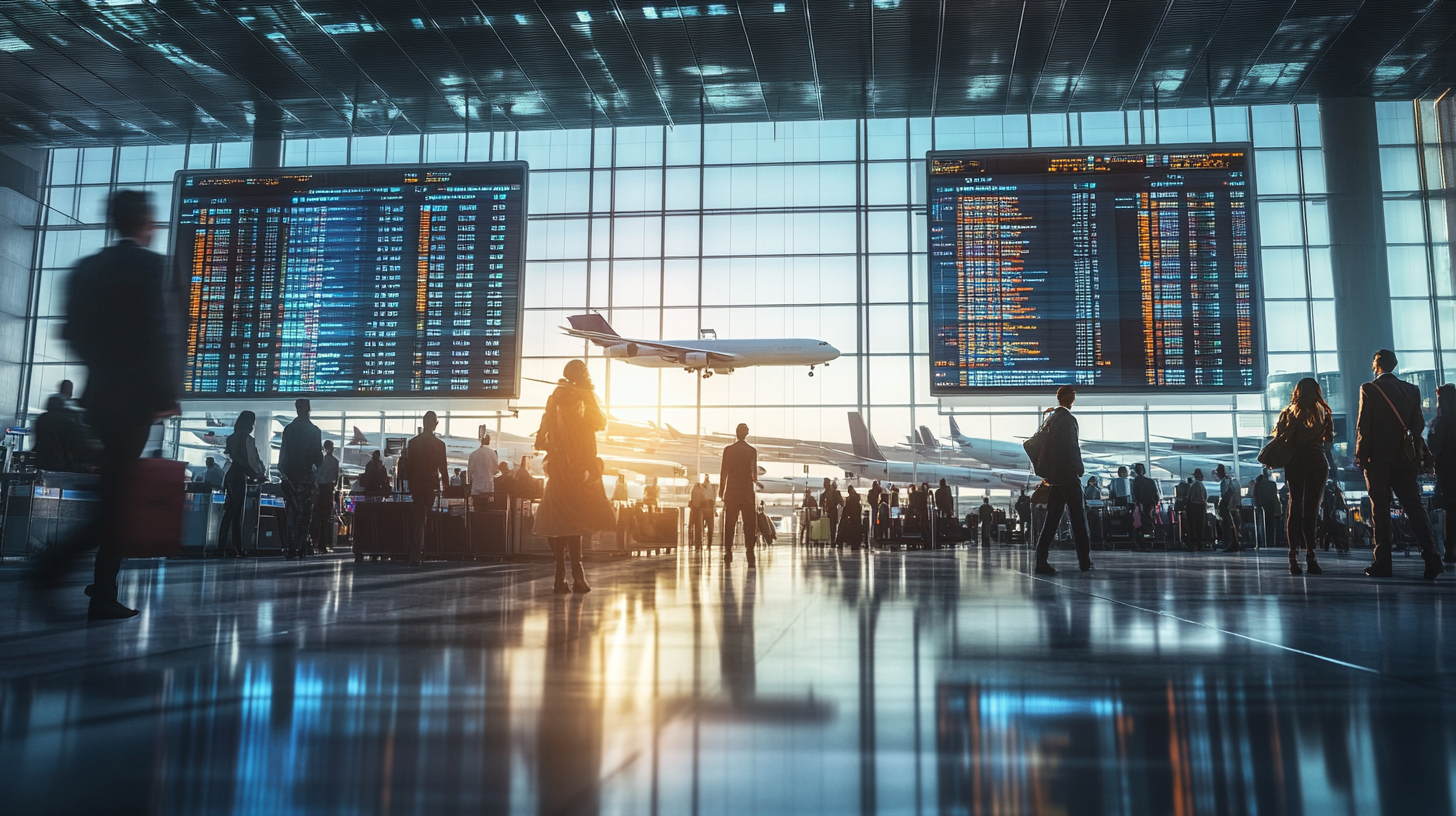
The aviation industry is undergoing a transformative period, standing at the crossroads of post-pandemic recovery and facing unprecedented operational hurdles. Engine delays, particularly those impacting airlines like AirBaltic, are not isolated incidents but rather a reflection of systemic challenges within the industry. As fleets around the world grapple with maintenance backlogs and supply chain disruptions, travelers are witnessing firsthand the unfolding changes in air travel dynamics. This comprehensive analysis delves into how these developments are reshaping aviation and the implications for global travelers.
Supply Chain Struggles Amid Surging Demand
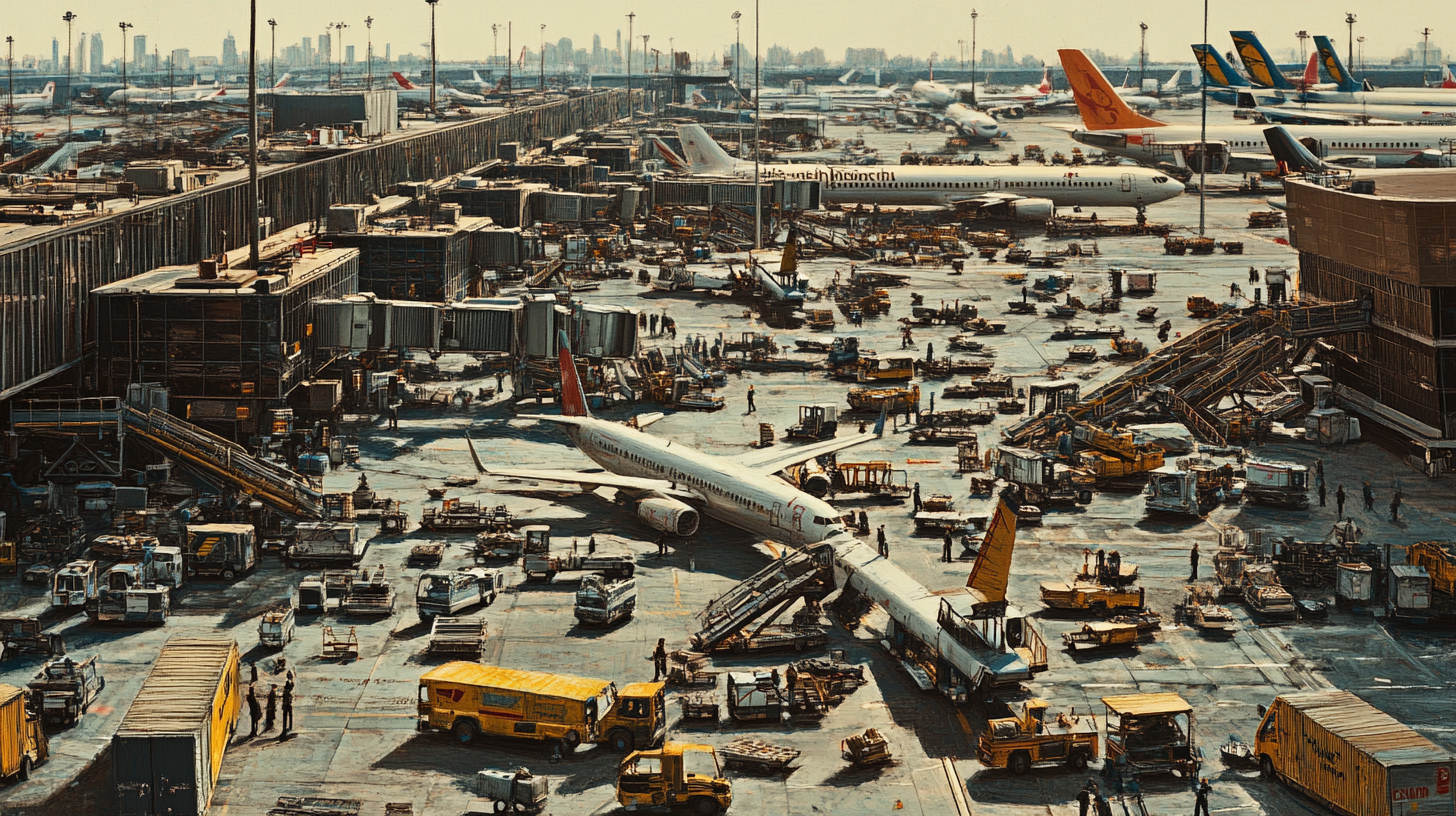
The resurgence of air travel demand has created a paradoxical situation for aircraft manufacturers. On one hand, airlines are eager to upgrade to newer, fuel-efficient models to meet environmental goals and customer expectations. On the other, manufacturers like Airbus and Boeing are entangled in a web of supply chain complications. For instance, Airbus’s ambitious production targets have been thwarted by shortages in critical components and skilled labor. Despite securing 735 orders in 2023—a significant uptick—the company is hindered by lingering pandemic effects, from material scarcities to geopolitical tensions that disrupt trade routes. Similarly, Boeing’s journey to stabilize production is marred by ongoing quality control issues with the 737 MAX, leading to heightened scrutiny from the Federal Aviation Administration (FAA) and delivery delays.
Engine Maintenance Backlogs and Parts Shortages
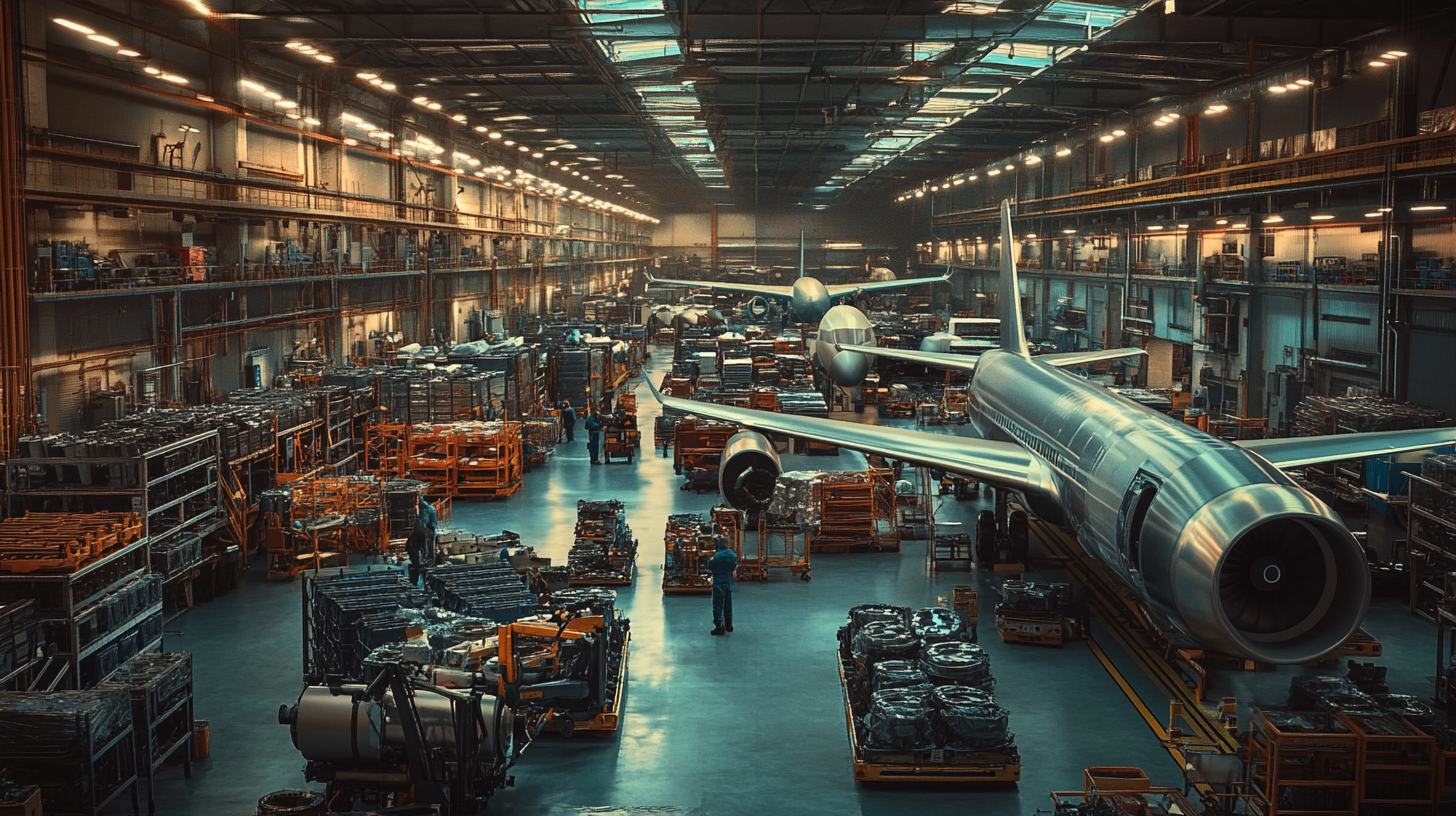
Engines are the heart of any aircraft, and their maintenance is paramount for safety and efficiency. However, a global shortage of parts and skilled technicians has led to unprecedented delays in engine overhauls. Airlines operating with next-generation engines, such as the Pratt & Whitney GTF and CFM LEAP, are facing turnaround times that have doubled compared to pre-pandemic levels. The situation is exacerbated by unforeseen issues like the discovery of contaminated metal in Pratt & Whitney engines, which has necessitated the inspection and potential grounding of up to 1,200 engines worldwide. This has a cascading effect on airline schedules, fleet availability, and financial planning.
Airlines Navigate Operational Disruptions
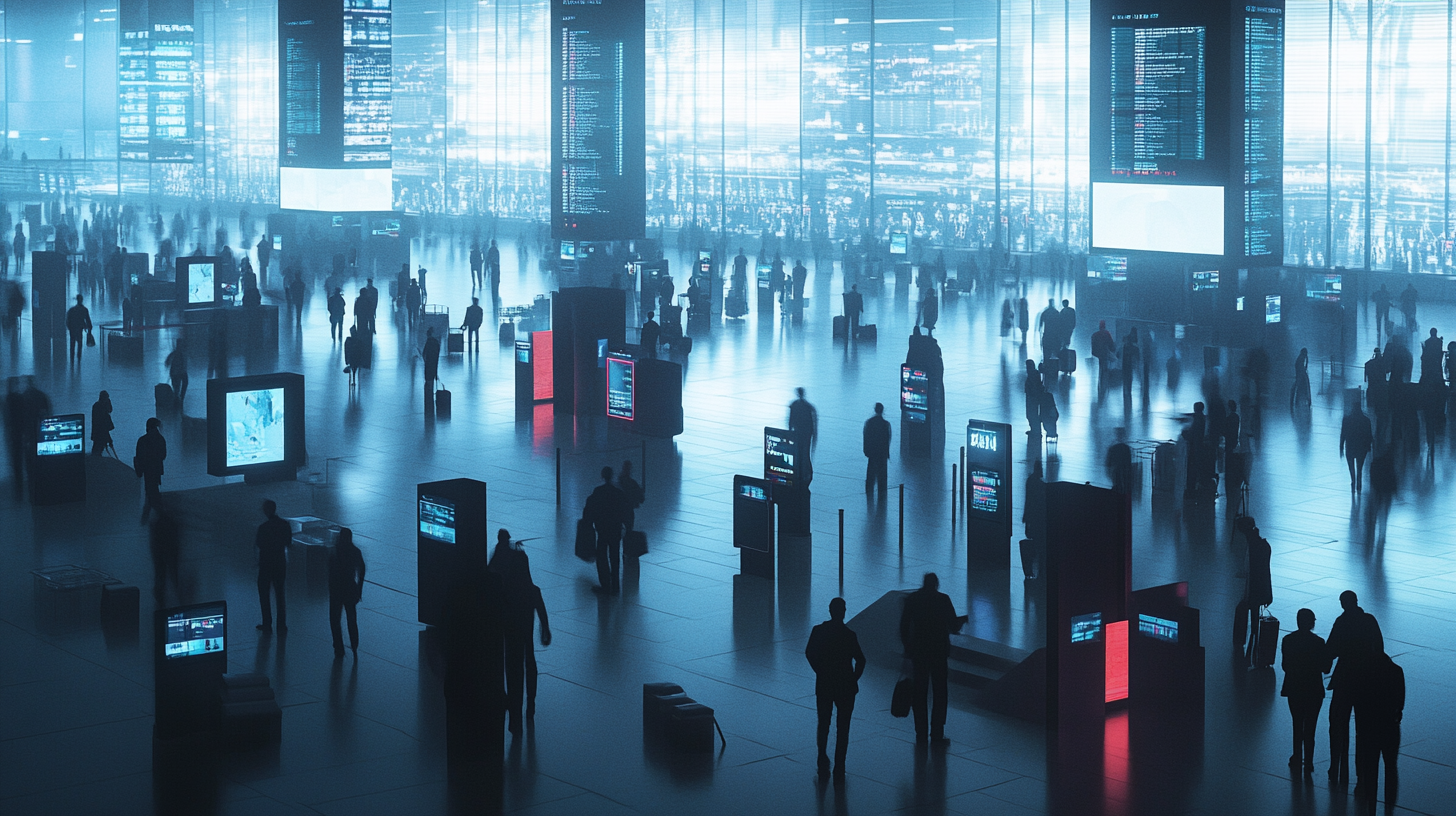
In response to these challenges, airlines are employing a variety of strategies to minimize disruptions. British Airways, for example, has made the difficult decision to suspend certain long-haul routes, prioritizing resources for the most in-demand and profitable flights. Airlines’ Strategies Amid Engine Shortages This has led to reduced services on some transatlantic and Asian routes, leaving travelers with fewer options and higher prices. U.S. carriers like Delta and United are not immune, contending with similar engine issues that force them to adjust flight frequencies and retire older aircraft sooner than planned. Maintenance needs are outpacing the industry’s capacity to address them promptly, and pilot shortages further constrain the ability to expand schedules or add new destinations.
Impact on Travelers: Rising Fares and Limited Options
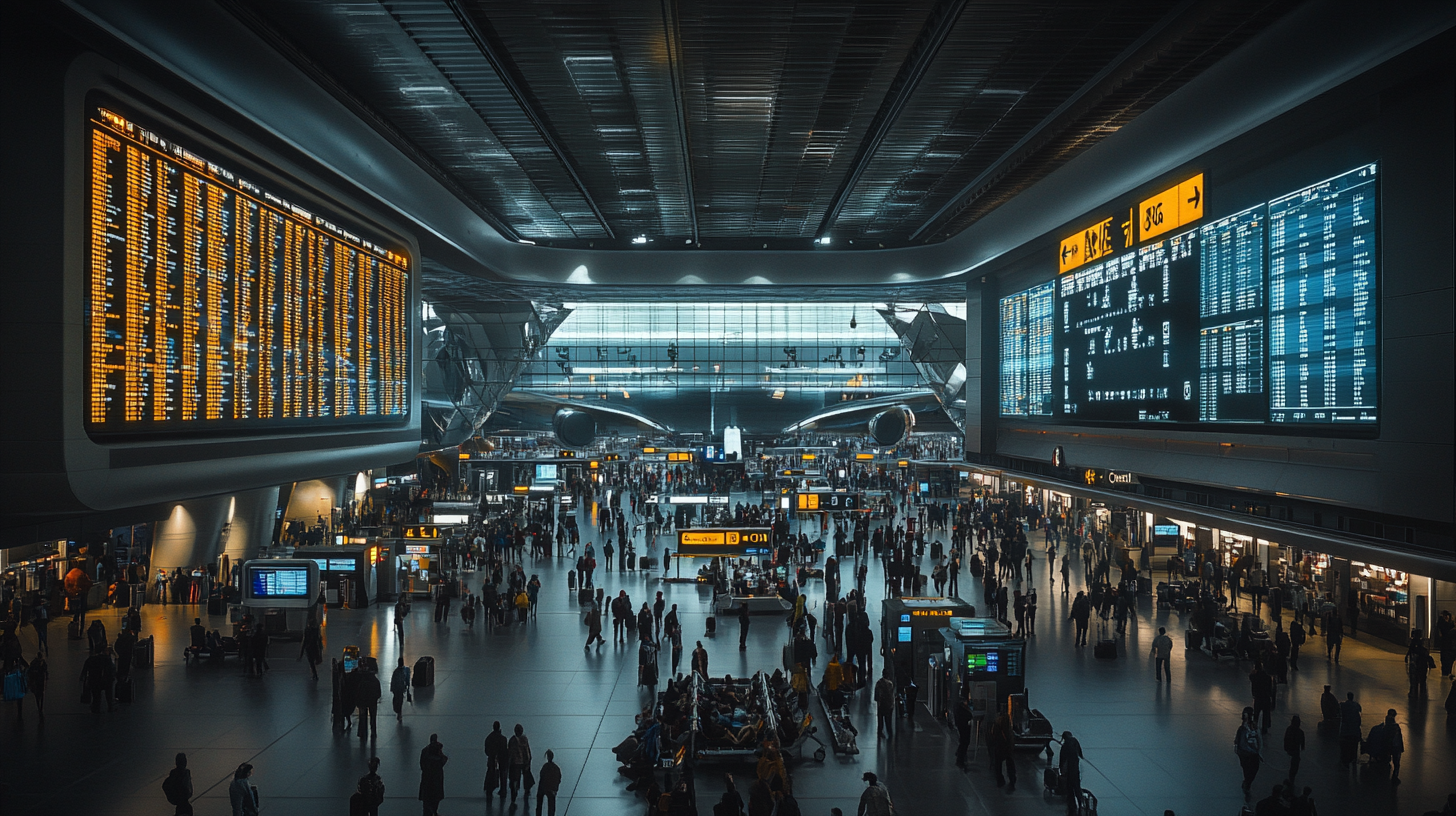
For the average traveler, these industry woes translate into tangible inconveniences. Ticket prices have surged as airlines pass on the increased costs associated with leasing older planes and consuming more fuel due to the unavailability of the most efficient aircraft. The competition for aircraft leases has intensified, driving up expenses that ultimately affect consumers. For instance, the cost of leasing a five-year-old Airbus A320 has risen by nearly 20% compared to two years ago. Travelers seeking affordable options are finding fewer flights, with popular routes either fully booked or significantly more expensive. To navigate this new landscape, travelers are increasingly turning to travel agents and third-party services for guidance and support in managing cancellations and rebookings. Tips for Travelers Amid Airline Disruptions
Innovations in Sustainability and Technology
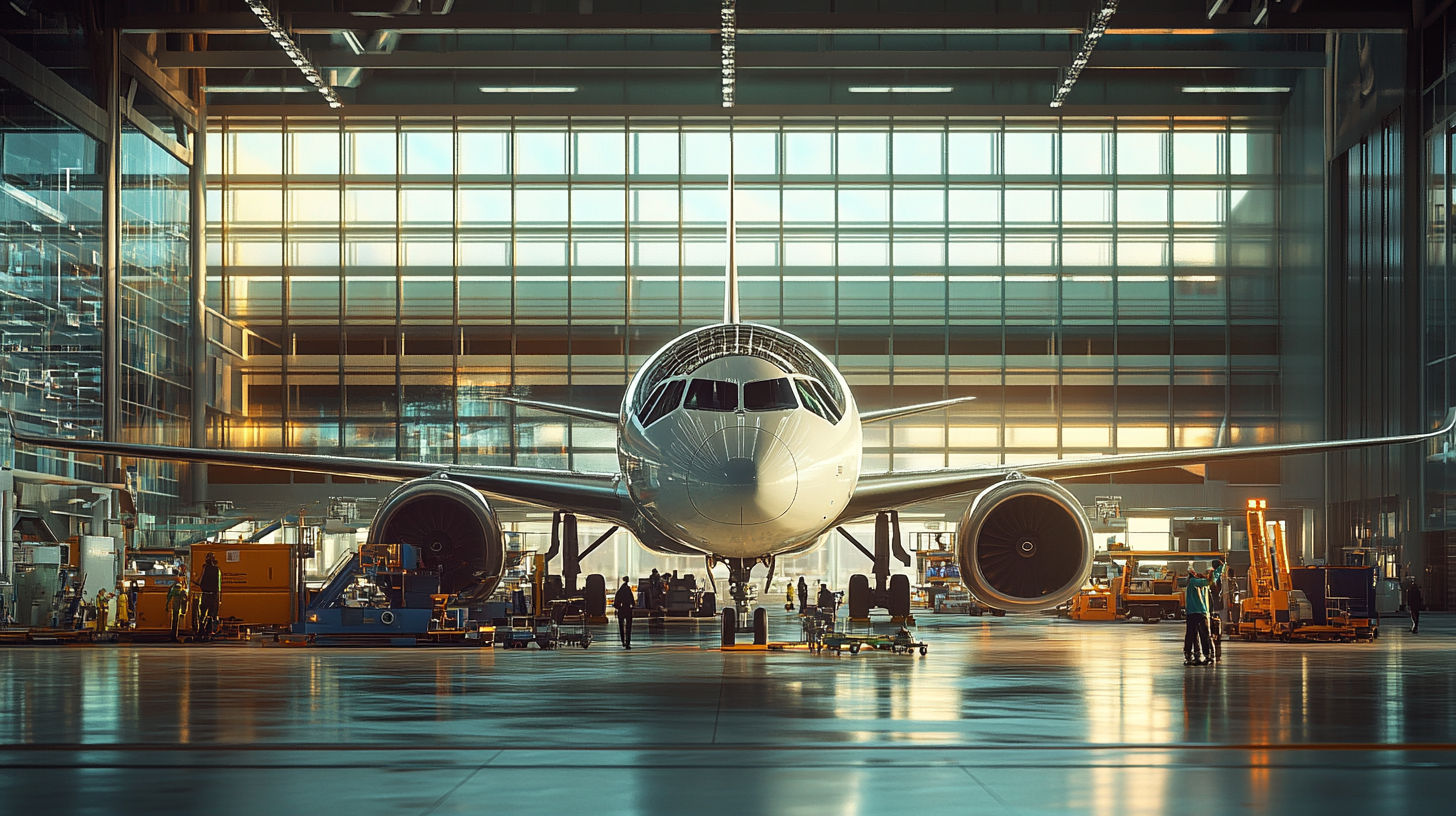
Amidst these operational challenges, the push towards sustainability and technological innovation remains a beacon of progress for the industry. The U.S. Chamber’s Global Aerospace Summit highlighted the commitment to pioneering advancements like electric propulsion systems and sustainable aviation fuels (SAFs). Companies are investing in research and development to create aircraft that not only reduce carbon footprints but also operate more efficiently to mitigate maintenance issues. Airports are evolving into “smart hubs,” integrating automation, advanced robotics, and artificial intelligence to streamline operations. A notable example is the drone demonstration at Pearson Airport, where the use of unmanned aerial vehicles for runway inspections reduced the task time from two hours to mere minutes, potentially saving airlines significant costs and minimizing delays for passengers. Advancements in Airport Automation Technologies
Workforce Shortages and Regulatory Constraints
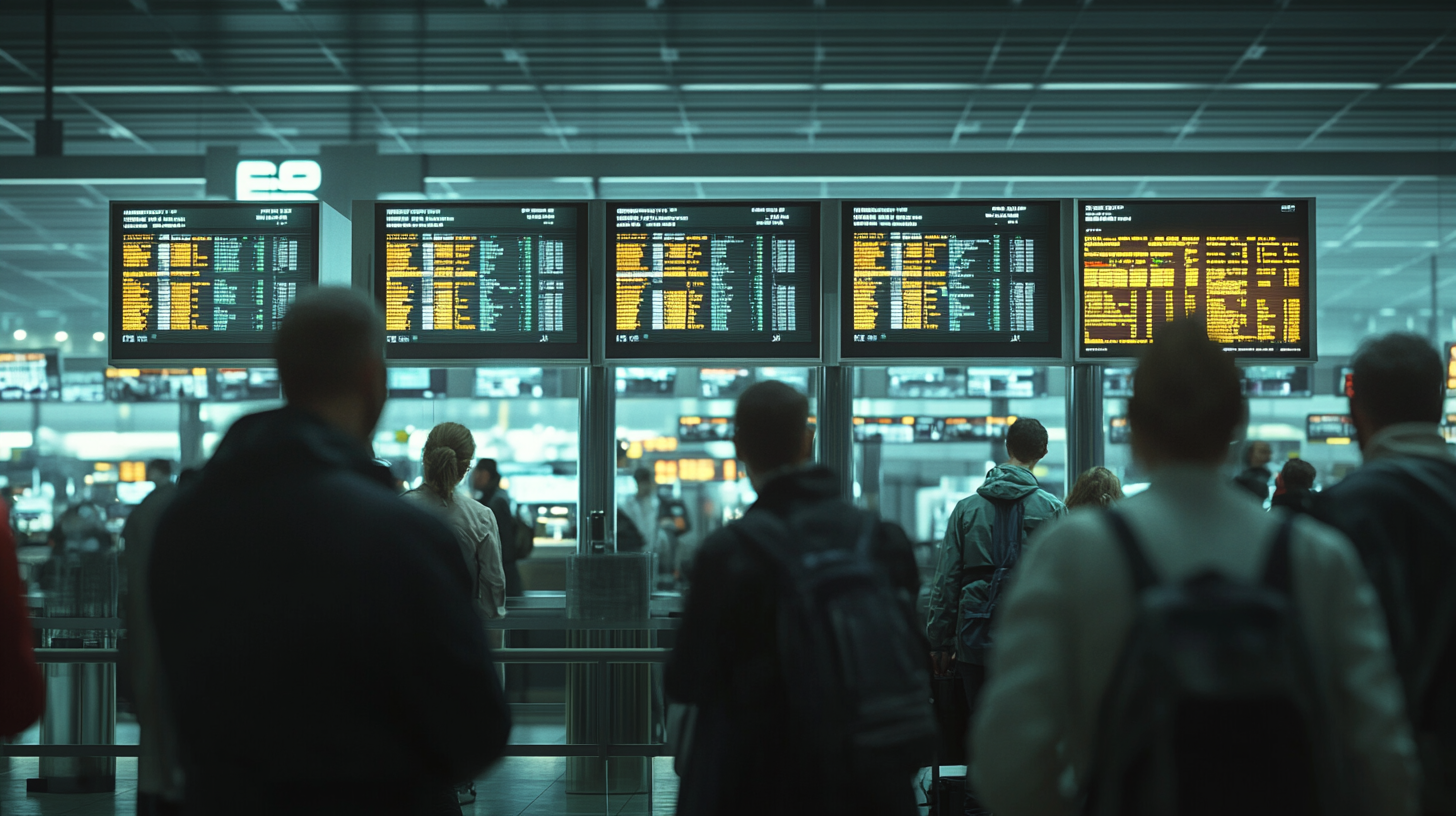
The shortage of skilled professionals extends beyond pilots to include maintenance engineers, air traffic controllers, and ground staff—all critical to airline operations. Training new personnel in these areas is a time-intensive process, and the pandemic disrupted the pipeline of new entrants into the industry. Regulatory bodies impose stringent requirements for certification, which, while essential for safety, add layers of complexity to workforce expansion efforts. Airlines are advocating for regulatory reforms that could expedite training processes without compromising safety, such as simulator-based training modules and partnerships with educational institutions. Efforts to Address Aviation Workforce Shortages
Sustainability and Future Growth Scenarios
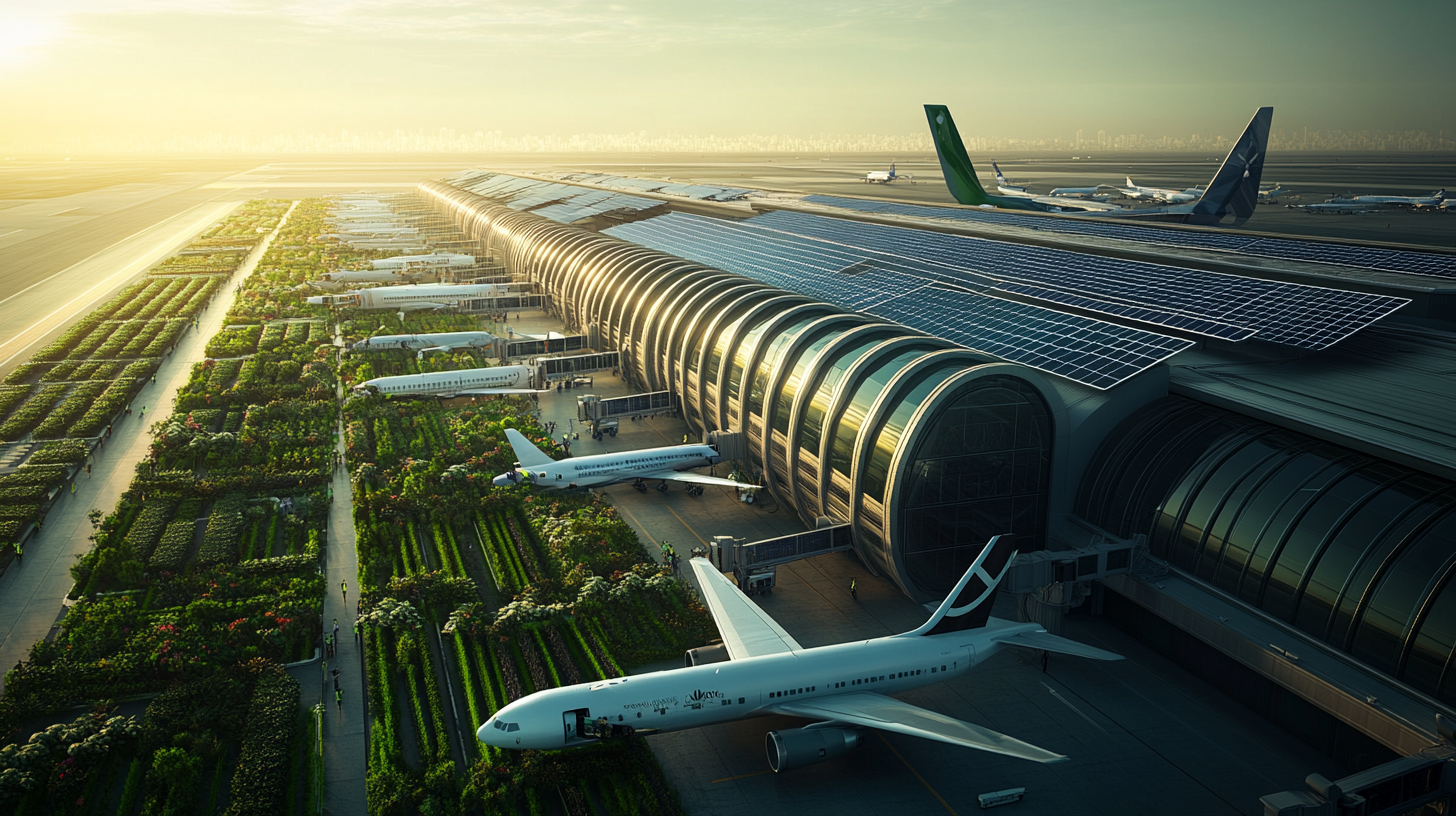
Environmental considerations are increasingly influencing airline strategies and passenger choices. With growing awareness of aviation’s carbon footprint, airlines are under pressure to adopt sustainable practices. This includes investing in newer, more efficient aircraft and exploring alternative fuels. However, the financial strains caused by engine delays and supply chain issues complicate these efforts. Economic uncertainties, such as rising inflation and fluctuating fuel prices, add to the challenge. Analysts have proposed three potential growth scenarios for air travel by 2027: a rapid recovery driven by strong GDP growth, a moderate recovery with steady improvements, and a sluggish recovery hampered by ongoing disruptions. These scenarios underscore the need for Original Equipment Manufacturers (OEMs) to adapt production strategies that are flexible and responsive to market conditions. Forecasting Air Travel Demand Post-Pandemic
Technological Advancements to Alleviate Pressures
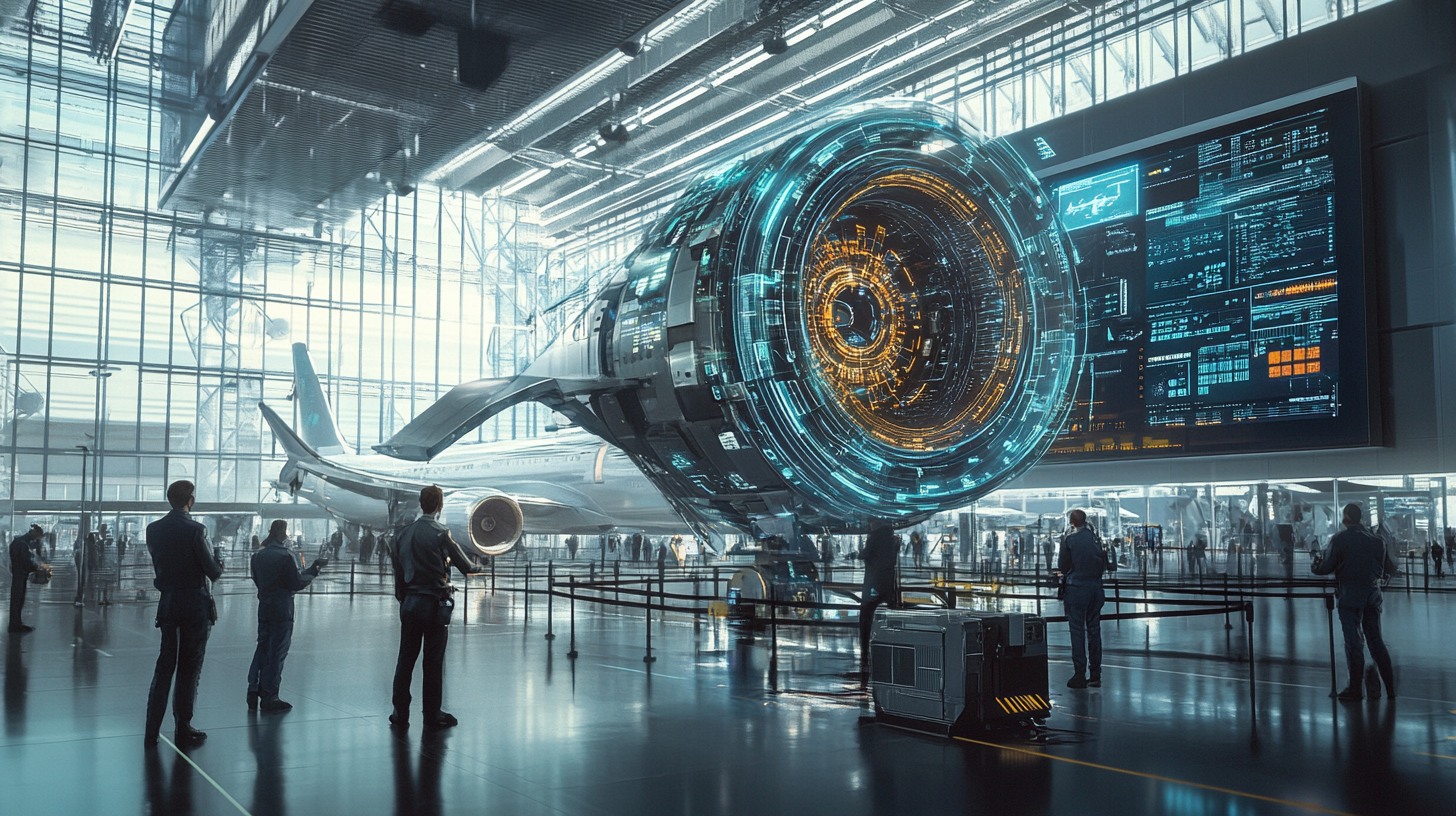
The turbulence experienced over the past years has accelerated the adoption of digital technologies across the aviation sector. Airlines are deploying advanced analytics and artificial intelligence to optimize flight schedules, predict maintenance needs, and enhance customer service. Self-service kiosks, mobile applications, and automated baggage handling systems are becoming standard, reducing the reliance on human staff and improving efficiency. For example, some airlines are implementing AI-powered chatbots to handle customer inquiries, freeing up staff to focus on more complex issues. These technologies not only address current operational pressures but also lay the groundwork for a more resilient industry capable of withstanding future crises. Role of AI in Modernizing Airline Operations
The Road Ahead: Navigating Uncertainties
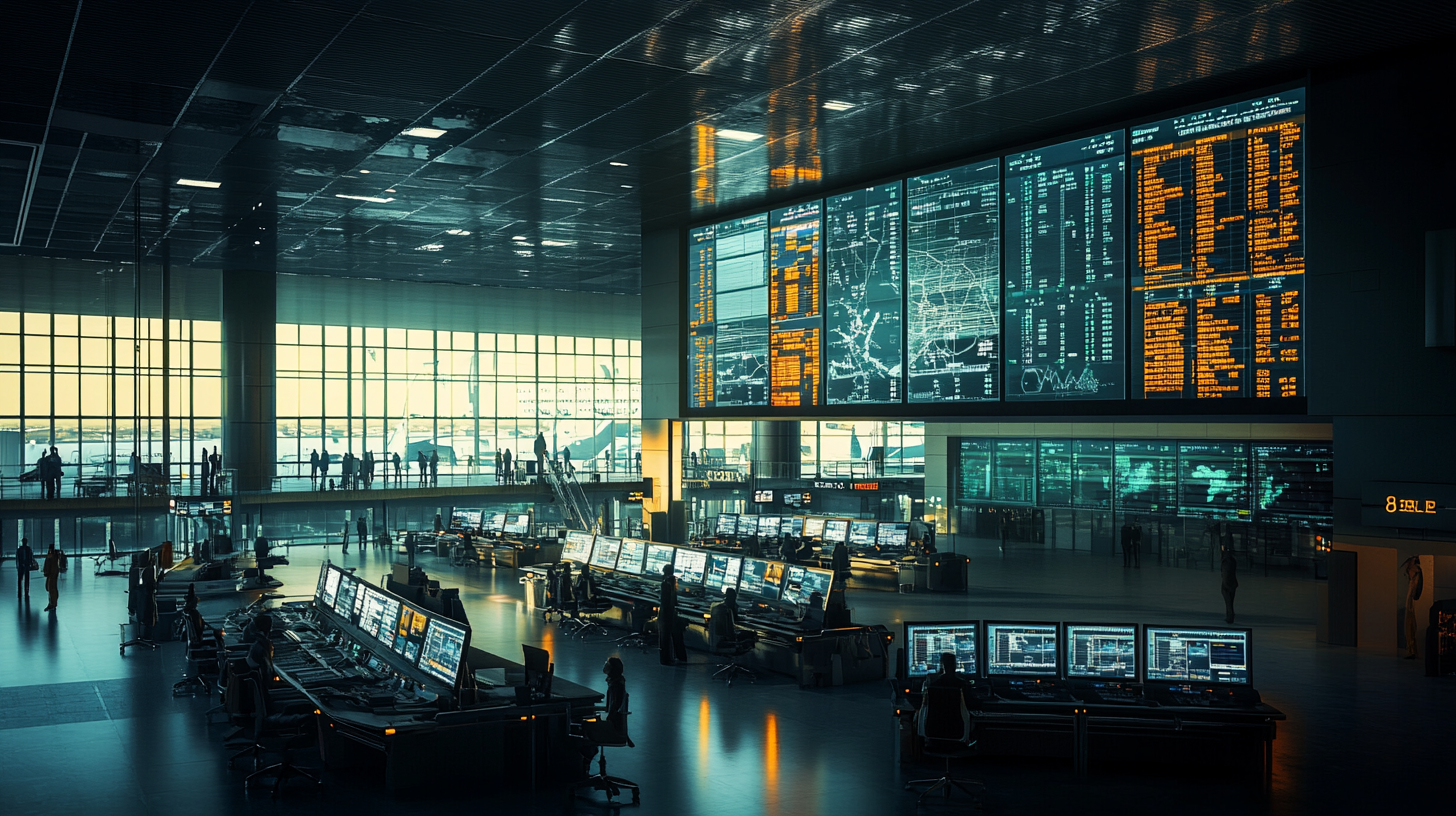
As airlines chart their paths forward, adaptability and innovation remain critical. Companies are reassessing their business models, with some opting to downsize fleets or focus on regional routes where demand remains strong. Collaborations between airlines, manufacturers, and governments are essential to address the systemic issues at play. For instance, joint initiatives to invest in sustainable technologies or workforce development programs can yield mutual benefits. Airlines that proactively embrace change, invest in new technologies, and engage with stakeholders are more likely to thrive. Conversely, those slow to respond risk obsolescence in an increasingly competitive and demanding market. Strategies for Airlines to Remain Competitive in Changing Times
Final Thoughts
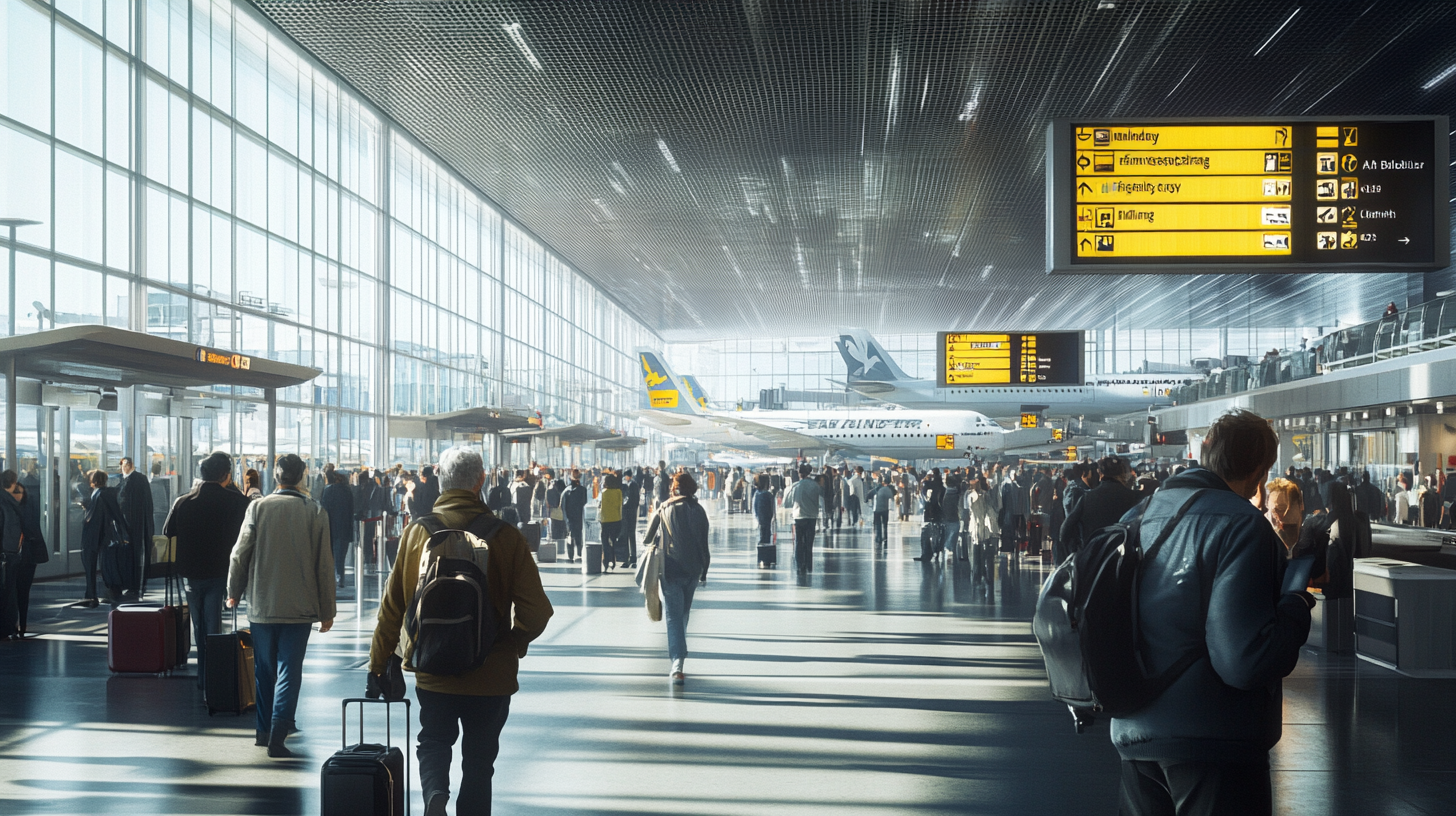
Engine delays and the associated operational disruptions serve as a lens through which the broader challenges of the aviation industry are magnified. The intertwined effects of supply chain fragility, workforce shortages, and technological demands create a complex environment that requires coordinated efforts to navigate. For travelers, staying informed and flexible is key, as the landscape of air travel continues to evolve.
Follow us back to Seat 5A for more insights and updates on the aviation industry. The industry’s commitment to overcoming these hurdles through innovation and collaboration offers hope for a more resilient and efficient future. Achieving this vision will depend on the ability of all stakeholders to address immediate concerns while strategically planning for long-term sustainability and growth.



